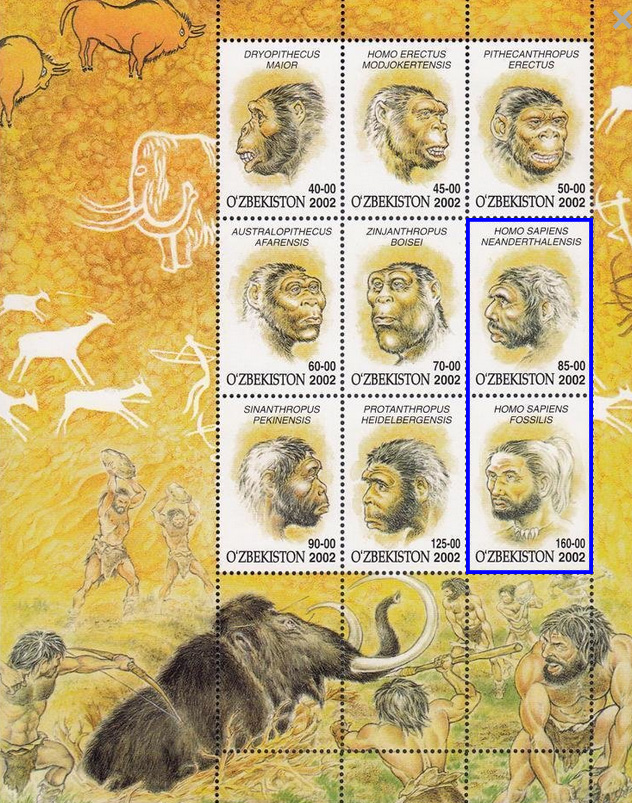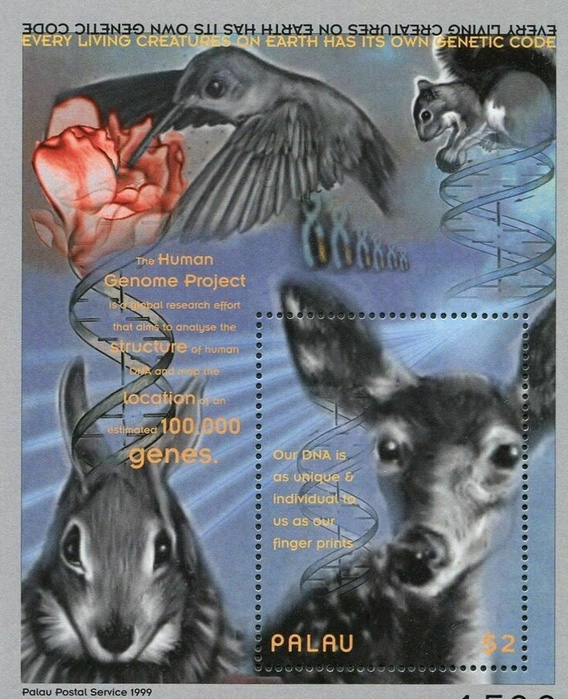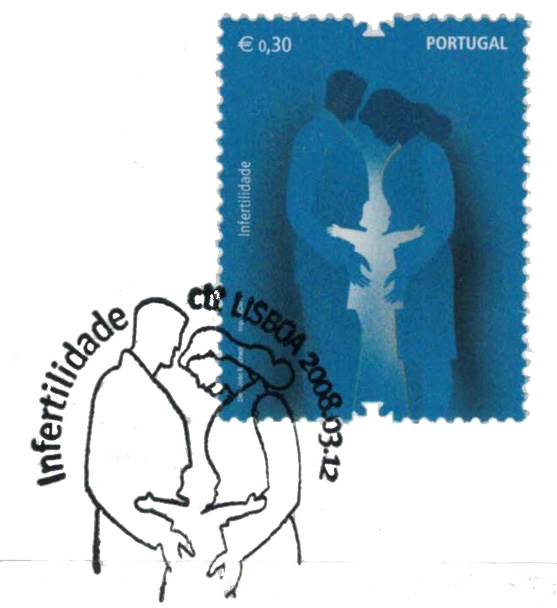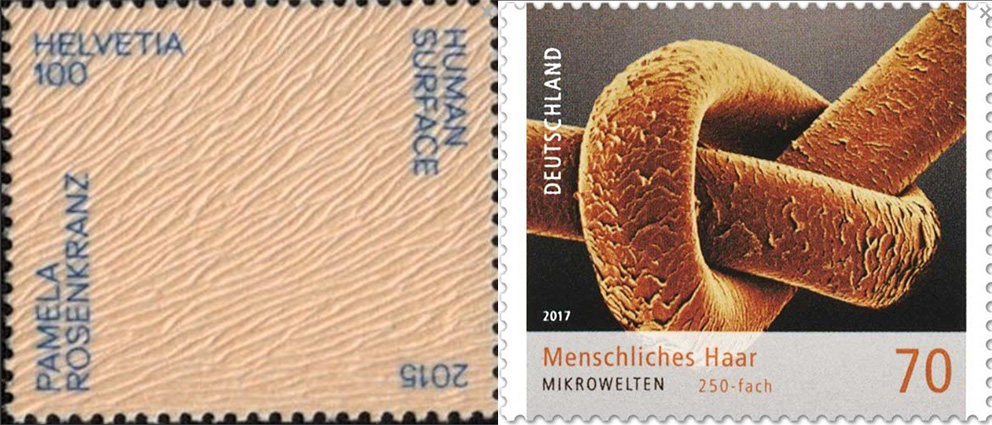
Neanderthals and Homo sapiens met in Europe
Contrary to the assumptions of many, the modern Europeans are a motley group, which arose from the fusion of distant ethnic groups – that is, through immigration: Even before the end of the Ice Age, African early humans of the type Homo sapiens migrated to Europe, where they encountered the Neanderthal. Apparently there were no warlike conflicts between the two types of man. The Neanderthal probably disappeared after the appearance of Homo sapiens due to simple evolutionary laws: Homo sapiens was apparently sexually mature earlier and thus produced more offspring. In addition, a lower mortality of Homo Sapiens and its broader food spectrum are discussed for its later dominance.

Investigations of the human genome show us the heritage of the Neanderthals
Neanderthal man, however, left us a genetic legacy. We have inherited about 2% of his genes from him. I.e. during the 5000-year co-existence of both types of humans in Europe, there must have been a mixing of both types. For such an exchange of genes to be detectable at all today, this mixing cannot have been the result of 1-2 one-night stands. There must have been a real integration – a long affair.
The genes and thus the heritage left to us by the Neanderthals concern mainly the skin and the hair. Possibly because “thicker” skin and a “denser” hair coat offered better protection against the cold prevailing here, and these relics therefore survived in the genome of the people who migrated from Africa. On the other hand, the reason for the “survival” of a gene, which is responsible for the pigmentation of the skin and determines our lighter skin color, has not yet been discussed.

A “Neanderthal gene” increases fertility in women.

Many of the “Neanderthal genes” determine our skin and hair structure
In addition to all these genes, one more has now been added in the last year. Every third woman in Europe has inherited a Neanderthal gene that increases her fertility. This is a gene that codes for a receptor for progesterone (the corpus luteum hormone). The “Neanderthal variant” of this gene is now associated with increased fertility, less bleeding at the beginning of pregnancy, and fewer miscarriages. These women also give birth to more children on average. The variant appears to cause more of the receptors to be produced in the cells, therefore the progesterone can work better, and thus perform its function of protecting against early miscarriage and bleeding better.
These analyses show that each human group probably always leaves the best for the following generations, even if it is not obvious at first sight.
Sources:
- Nature, 2014; doi: 10.1038/nature12961;
- Science, doi: 10.1126/science.1245938
- Molecular Biology and Evolution, 2020, doi: 10.1093/molbev/msaa119
